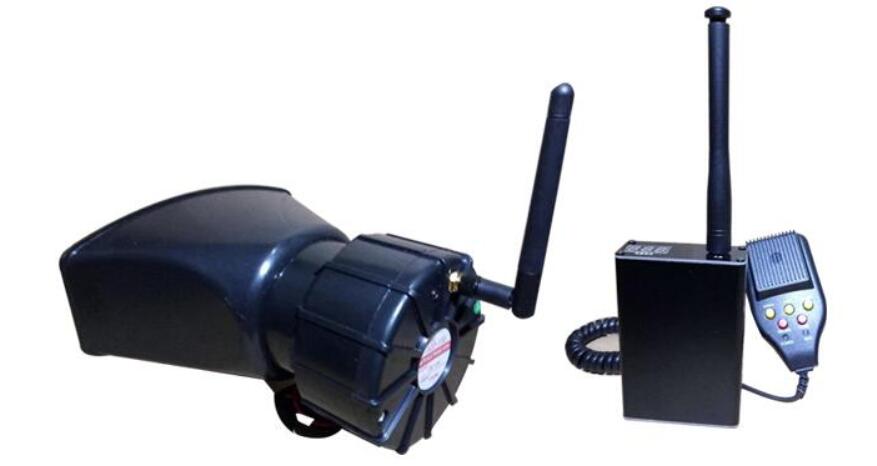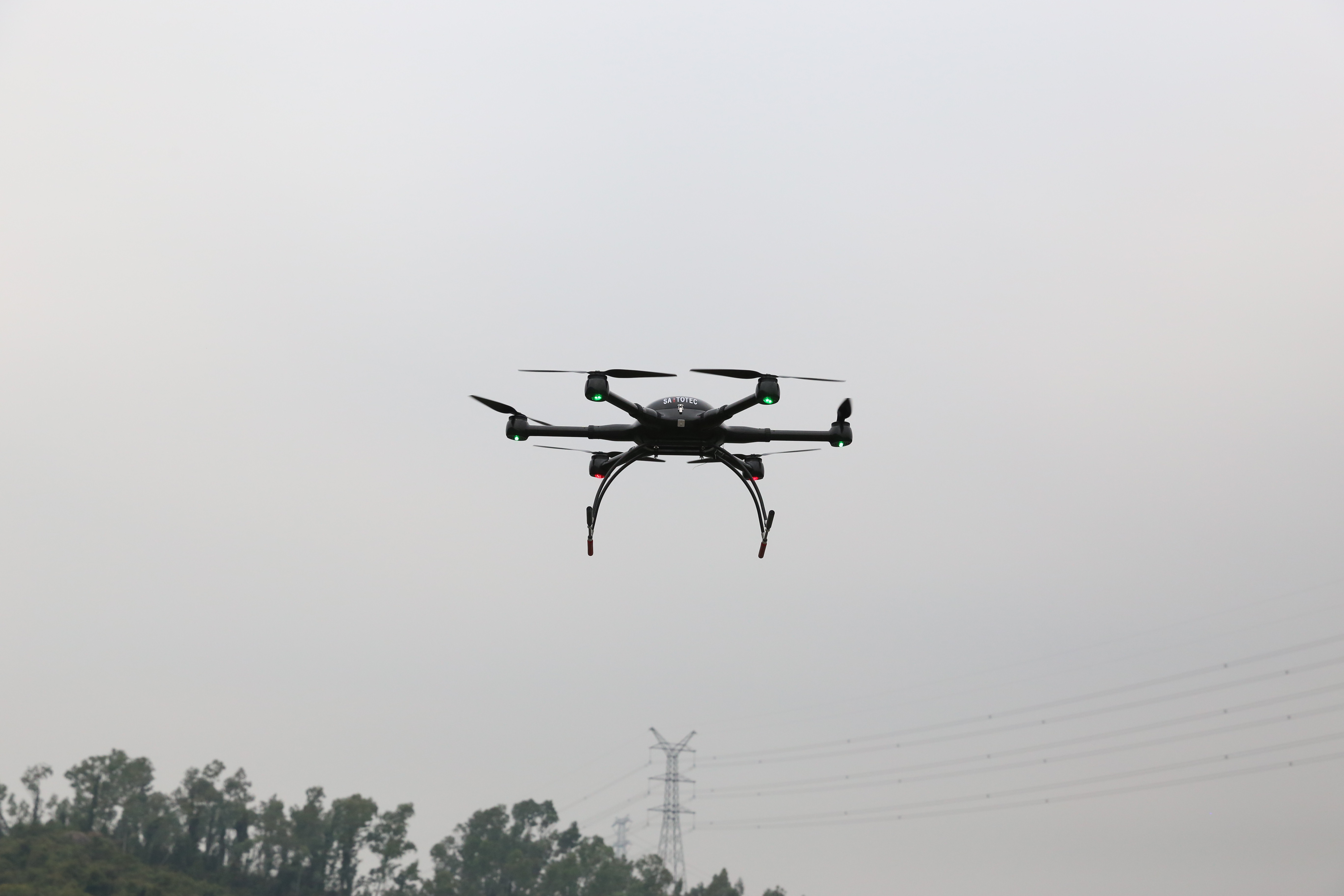From analog mobile phones to 2G, 3G, 4G and even the future 5G, there are some people who are dragged by technology during the transition period and do not know where to go. Freescale Semiconductor can always launch innovative products such as communication processors. Escort for the leap of the communications era. In the era of the Internet of Things, communication processors are no longer scarce resources and are controlled by a small number of enterprises, and the update speed is accelerating. It is forced to be a well-known manufacturer in a situation of “returning to the water and not going backwards.†To continue to be a leader, it is necessary to target the new era. "Pain point" update product. Freescale's QorIQ T1024/14 and T1023/13 communications processors are among the newest. The new processors feature 28 nm technology and feature the leading Power Architecture e5500 processor core with an advanced cache architecture running at up to 1.4 GHz. The leading offload engine is integrated with future-oriented, low-power memory subsystems for low-cost enterprise and service provider edge and network control applications.
The core of the "core"
Dual-core QorIQ T1024 and T1023 communications processors and single-core QorIQ T1014 and T1013 communications processors with 64-bit cores built on Power Architecture technology to deliver the high-performance Data Path Acceleration Architecture (DPAA) and network peripherals required for networking and telecom applications Bus interface. The ARM core is now fully rolled out from the low-end to the high-end, and many processor vendors are gradually weakening or even abandoning the development of their own architecture processors. Freescale has adopted a "two-pronged" strategy. Although its ARM-based processor has already been at the forefront of its peers, it is still persistently adhering to its core of "core" - Power Architecture. The QorIQ T1024/14 and T1023/13 are based on the single/dual Power Architecture e5500 core running at 1.4 GHz. The hybrid 32-bit mode supports legacy software and provides a smooth transition to a 64-bit architecture.
The e5500 architecture is twice as large as the Freescale e500 core. It is designed for frequencies up to 2.5 GHz and can run in either 64-bit or 32-bit mode. The 64-bit e5500 core implements many improvements, including support for multi-core SoC implementations and heterogeneous multi-core processors. Technological advances on the e5500 64-bit core enable a unique combination of integration and performance, achieving very high performance levels in a very low power range, setting a benchmark for embedded energy efficiency. The e5500 technology is based on the Power Architecture Instruction Set (ISA) v2.06 and has the following features: a 7-stage pipeline with out-of-order execution; 64 GB of higher planar address memory space; 6 High Performance Classic Floating Point Unit (FPU) supports IEEE754 Floating-point operations; mixed 32-bit mode, support for legacy software, and transition to 64-bit architecture; L1 cache, back L2 cache plus shared L3 cache.

Figure 1 QorIQ T1024/14 communication processor internal architecture diagram
Fast speed, the interface is no longer a chicken
With the proliferation of speed requirements in the era of big data, the speed of traditional parallel interfaces has become a bottleneck, replaced by faster serial interfaces, so SerDes technology originally used for optical fiber communication has become the mainstream for high-speed serial interfaces. It is a mainstream time division multiplexing (TDM), point-to-point (P2P) serial communication technology. The T1024/14 and T1023/13 support SerDes: 4 channels up to 10 Gb/s and support SGMII, QSGMII, PCIe and SATA. Other network elements are also very interesting, such as 1&TImes; 10GbE, 3&TImes; 1GbE or 4&TImes; 1Gb Gigabit Ethernet interface.
Accelerator and memory control are also an important aspect of speed. The Data Path Acceleration Architecture (DPAA) includes acceleration features for the following functions: packet parsing, classification and distribution, queue management for scheduling, packet sequencing and congestion management, hardware buffer management, buffer allocation and de-allocation, integrated security Acceleration (SEC). In addition, Ethernet MACs up to 4.1 Gb/s are available as part of the DPAA. The T1024/14 and T1023/13 also feature a 32/64-bit DDR3L/4 SDRAM memory controller with ECC support up to 1 600 MT/s.
The peripheral interfaces of the new processor are: a Serial ATA (SATA 2.0) controller, two Hi-Speed ​​USB 2.0 controllers with integrated PHY, Enhanced Secure Digital Master Controller (SD/MMC/eMMC), Enhanced Serial Peripheral Interface (eSPI), two I2C controllers, four UARTs, integrated flash controllers supporting NAND and NOR flash.
The scalable, programmable RISC-based communication protocol acceleration engine QUICC Engine technology is primarily designed for next-generation wired and wireless access applications, so it is also integrated into the T1024/14 and T1023/13. QUICC Engine supports legacy protocols TDM, HDLC, UART and ISDN, providing packet traffic, interworking (no CPU intervention), multi-protocol support, high channel density and software compatibility, making advanced and economical for converged packet networks. s solution.
As a communication processor, effective interconnection is indispensable in order to prevent data from being "plugged" inside the chip. The new processor has CoreNet platform cache, 256 KB shared platform cache; layered interconnect structure, CoreNet structure supports coherence and For non-coherent transactions, the CoreNet architecture acts like a small housekeeper, prioritizing and bandwidth allocation between CoreNet endpoints.
Anti-micro-duration, security is no longer drifting away
Thousands of dykes, collapsed in the ant nest, many times, the damage often comes from the fine links. The rapid development of big data and cloud seems to make security gradually drift away. After the US star privacy photo was exposed, data security was once again pushed back. As an important level of data, communication processors must pay attention to security and anti-micro. All ports of QorIQ T1024/14 and T1023/13 are equipped with MACsec, which is a major protocol for protecting LAN security. This protocol prevents the communication from being carried out by identifying non-trusted sites on the LAN, thus ensuring the normal operation of the network. Protects information integrity and confidentiality and reduces attacks on Layer 2 protocols.
Software insecurity comes from calling problems, and security can ultimately be classified as isolation. The T1024/14 and T1023/13 support hardware virtualization and partition execution with additional privilege levels to support hypervisors. In addition, it is worth mentioning that the trusted architecture of the QorIQ processing platform has been upgraded to version 2.0, with e500, e5500 or e6500 cores with hypervisor and no execution protection; I/O access control, platform (I/O) MMU; safety debug controller; safety monitoring with external tamper detection; secure fuse processor with one-time programmable master key; optional battery-powered clear master key; support for alternate images, keys Cancelled.
You can see that Freescale is trying to achieve the perfect combination of speed and safety.
The Internet of Things is in the ascendant, Freescale layout 64-bit processor
64-bit mobile processors have gradually increased their market effects with the popularity of 4G mobile phones, while 64-bit communication processors do not scale as fast as mobile processors. After all, consumer products are often updated at higher rates than enterprise and industrial. Applications, the latter tend to be more cautious when adopting new ICs, hoping for a smooth transition. “Application delay†gives customers more choices, and allows Freescale to actively provide supporting support, including software, IP and technical documentation, and even have time to refine products, and launch more for different customer needs. Targeted communication processor.
The new QorIQ T1023 and T1024 processors combine the scalability of seamless applications with an excellent offload performance upgrade path for the popular QorIQ P1 series and PowerQUICC processors. The T1023 device targets 802.11ac Smart Edge WLAN access points and branch routers, while the T1024 SoC cost-effectively upgrades printing and imaging, legacy control applications and line cards.
The T1024 and T1014 processors are available in a full-featured 23 mm & TImes; 23 mm package and are pin-compatible with the 4-core T1042 processor (or even the 8-core T2081 processor) for flexible price and power consumption in a single system design Adjustment. The QorIQ T1023 and T1013 communications processors are interface and power optimized SoCs designed to deliver outstanding single or dual core performance for cost and power sensitive network systems. Both versions offer excellent 64-bit software compatibility and I/O upgrade paths for the popular 32-bit QorIQ P10XX family of processors.
All-round "tool"
If a worker wants to do something good, he must first sharpen his tools. In order to maximize the role of the chip in the right field, and to help customers shorten the time to market, it is necessary to provide customers with good development tools.
Freescale and its partners offer a wide range of tools, real-time software, reference designs and services to accelerate customer product design. For example, the CodeWarrior development kit for web applications, the VortiQa software for network devices, the QorIQ Linux SDK, professional services and technical support (such as the reference design support package).
Among them, CodeWarrior supports a variety of architectures, including Power Architecture technology, ARM technology and StarCore DSP core; customers can get upgrades to update packages, including complete package supplements. VortiQa software targets specific vertical markets such as enterprise and service provider devices, wireless infrastructure devices, and cloud and data center devices. The software includes two products: VortiQa Open Network (ON) management software and VortiQa Open Network (ON) switching software, which uses open standards such as the OpenFlow protocol to enhance network manageability. By adopting these optimized, highly portable software products on a multi-core platform, customers can effectively reduce operating expenses and capital expenditures.
Third-party software and tools are also one of Freescale's "tools." Companies such as Enea, Green Hill, Mentor Graphics, and Wind River have worked very well with Freescale, which are well-known companies in the industry, and their software and tools have received wide acclaim. This also shows the power of the Freescale ecosystem.
The resources that are lacking in the Internet of Things era are energy, productivity, bandwidth, and rapid time-to-market methods. Communication processors, especially high-end products, need to be improved in these areas. At present, the Internet of Things is still in the ascendant stage. The key to success is to support users' innovative ideas. Freescale will spare no effort.
Industrial Drone difference as the entertrainment drones, It is for some application purpose. Such as Security Patrol Drone, Inspection Drone ,Fire Extingurisher Drone ,Heavy payload Logistics Drone etc. Because these drones has different applications so they have different Drone Frame ,propulsion system, Drone Flight Controller and equipments. Usual long flight time, long distance control range request. Configration of Ground Control Station, Videolink Datalink, Zoom Camera , Gimbals etc.



Industrial Drone
Security Patrol Drone, Inspection Drone,Fire Extingurisher Drone ,Heavy payload Logistics Drone
shenzhen GC Electronics Co.,Ltd. , https://www.jmrdrone.com